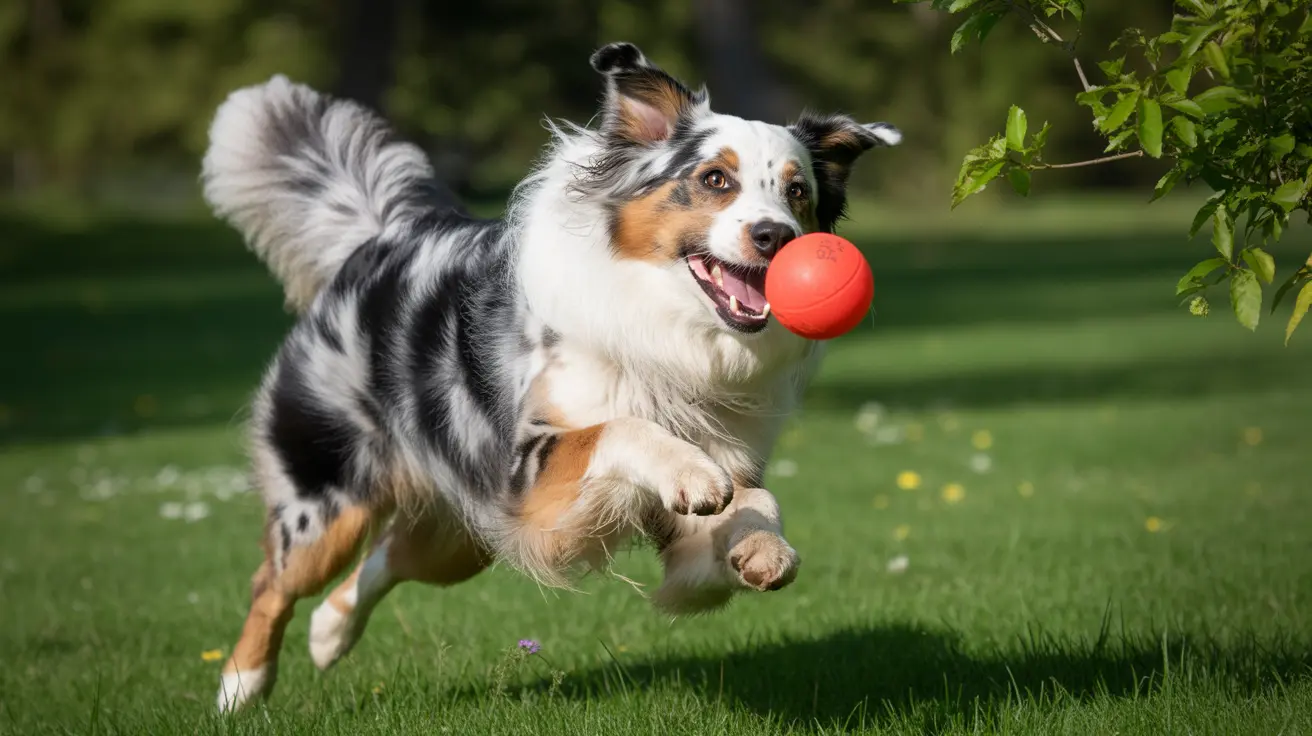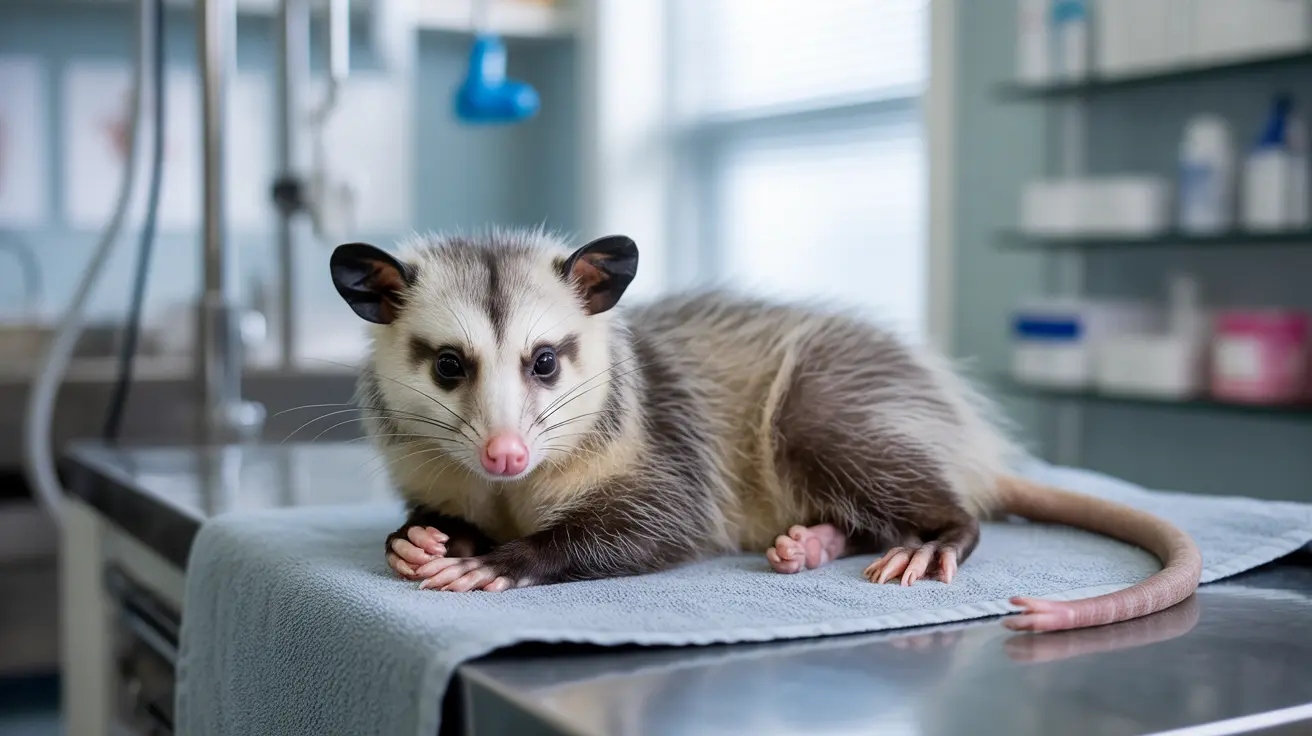Teaching Dogs to Smile on Command: A Complete Guide to Canine Facial Expressions
Have you ever wondered if that adorable expression on your dog's face is actually a genuine smile? The fascinating world of canine facial expressions reveals that dogs can indeed learn to smile, and with the right approach, you can even teach your furry companion to smile on command. This comprehensive guide explores the science behind dog smiles, how to distinguish them from other expressions, and proven methods for training this delightful behavior.
Understanding your dog's facial expressions goes far beyond simple curiosity—it's a window into their emotional world and a powerful tool for strengthening your bond. When you master the art of teaching dogs to smile on command, you're not just learning a fun trick; you're engaging in meaningful communication that taps into thousands of years of human-canine evolution.
The Science Behind Canine Smiles
Most behaviorists acknowledge that while dogs don't smile in exactly the same way humans do, they have developed a distinctive facial expression that closely resembles our smiles. This canine smile occurs when the mouth is relaxed and slightly open with the tongue visible, usually draped over the lower teeth, signaling contentment and relaxation.
The development of smiling behavior in dogs stems from a fascinating combination of evolution and their remarkable ability to analyze human behavior. Dogs are masters at understanding exactly how to make us happy, and since most humans react positively when they see a dog smile—either by smiling back, making approving noises, or providing treats—the dog is rewarded for this behavior and repeats it more frequently.
Genetically, this behavior may originate from neoteny, which occurs when domesticated animals retain puppy-like behaviors into adulthood. This includes emotional greetings, jumping, tail-wagging, licking, and the endearing canine smile. Research shows that dogs notice humans smile when happy and often mirror our jovial facial expressions to appease us and indicate they are also content.
Understanding Different Types of Dog Facial Expressions
The Happy Smile
A genuine happy dog smile includes several key characteristics: a mouth slightly open, corners of the lips gently pulled back and upward, and teeth often showing. Dogs typically exhibit this expression after exercise or play, usually accompanied by panting. The overall body language shows relaxation, with soft eyes, wiggly body movements, and an animated wagging tail.
The Submissive Grin
Different from a happy smile, the submissive grin includes a raised upper lip, exposed incisors, and often closed eyes. Dogs display this expression when they're unsure how to approach social interaction or when they want to signal that they're not a threat. This behavior often appears when dogs have gotten into something and their owner discovers it—it's their way of showing submission rather than guilt or happiness.
Play Face vs. Aggressive Display
It's crucial to distinguish between different types of teeth-showing behaviors. The play face involves wide-open eyes, showing all teeth with an open mouth, and is quite different from both a smile and aggressive display. Aggressive facial expressions that can be mistaken for smiles include snarling, growling, stiff posture, lip lifting horizontally to show more teeth, low head position, raised hackles, and staring with dilated pupils.
Why Some Breeds Smile More Than Others
Certain dog breeds demonstrate smiling behavior more frequently than others, though the specific breeds mentioned in research vary. The tendency to smile appears to be influenced by both genetic factors and individual personality traits. Dogs with more flexible facial muscles and those bred for close human companionship often show more expressive facial behaviors.
The structure of a dog's muzzle also plays a role in their ability to express emotions facially. Dogs have muzzles designed for strength rather than flexibility, which limits the range of facial expressions they can make. However, the small number of facial signals available is reserved for major emotional expressions that can still be observed and interpreted by humans.
Step-by-Step Guide to Teaching Dogs to Smile on Command
Method 1: Gentle Lip Tickling Technique
Start by gently touching the corners of your dog's mouth with your finger, creating a slight upward motion that mimics a smile. The moment your dog's lips move upward, immediately mark the behavior with a clicker or verbal cue like "yes," followed by a high-value treat. Repeat this process in short 5-minute sessions, gradually reducing the physical prompting as your dog begins to understand the desired response.
Method 2: Capturing Natural Smiles
Observe your dog during happy moments—after exercise, during play, or when greeting you. The instant you notice a natural smile, immediately mark it with your chosen cue word like "smile" and reward with treats and praise. This method requires patience but is often the most effective for dogs who naturally smile frequently.
Method 3: Treat-Motivated Training
Hold a treat near your dog's nose and slowly move it upward toward their forehead. This motion often causes dogs to raise their upper lip slightly, creating a smile-like expression. Mark and reward any upward lip movement, gradually adding your verbal cue "smile" before the treat movement.
Important Training Considerations
Not all dogs enjoy showing their teeth, so training should always be conducted gently and stopped if the dog shows any signs of discomfort, stress, or reluctance. Watch for signs like lip licking, yawning, turning away, or stiffening, which indicate your dog may be uncomfortable with the training.
Remember that consistency is key when teaching dogs to smile on command. Practice in short, positive sessions and always end on a successful note. Some dogs may learn this trick within days, while others might take weeks or may never fully master it—and that's perfectly normal.
Reading Your Dog's Complete Body Language
When interpreting any dog facial expression, including smiles, it's essential to consider the complete picture of body language and context. A happy dog typically exhibits relaxed facial expressions, soft eyes, soft relaxed ears (depending on breed), slightly open mouth, wiggly body movements, and an animated wagging tail with pupils that are not dilated.
Pay attention to environmental factors that might influence your dog's expression. A dog might show submissive behaviors, including grins, when they sense their owner is unhappy about something they've done. This isn't guilt—studies show that guilt is not an emotion dogs experience—but rather a learned response to avoid potential conflict.
Common Mistakes in Interpreting Dog Smiles
One of the most frequent errors dog owners make is confusing panting with smiling. Dogs may open their mouths wide to pant, especially after exercising, which looks similar to a grin but serves a different physiological function for temperature regulation.
Another common mistake is misreading aggressive displays as friendly smiles. Always watch the tail—a loosely wagging tail signals a playful dog, while a stiff and vertical tail could indicate the dog is on high alert. The context of the situation and the dog's overall body posture provide crucial information for accurate interpretation.
The Role of Human-Dog Communication
The phenomenon that causes dogs to smile when we smile at them is similar to "laughter contagion." Just as one person laughing heartily can trigger another person to start laughing, a happy person who smiles can trigger a happy dog to smile back. This reciprocal communication strengthens the human-dog bond and demonstrates the sophisticated level of emotional connection possible between our species.
Dogs are remarkably skilled at interpreting human body language and can tell when we are pleased, sad, or disappointed. They understand that our happiness often means extra attention, treats, and fun time for them, which motivates them to engage in behaviors that make us happy.
Safety Considerations and Training Alternatives
While teaching dogs to smile on command can be a fun and rewarding experience, it's important to prioritize your dog's comfort and well-being throughout the process. Never force your dog's mouth into a smile position, and avoid any training methods that cause stress or discomfort.
For dogs that don't respond well to smile training, consider alternative tricks that showcase their personality and strengthen your bond. Teaching "speak," "play dead," or "shake hands" can be equally rewarding and may be more suitable for your individual dog's temperament and physical capabilities.
Frequently Asked Questions
- Q: Do all dogs have the ability to smile?
Not all dogs will smile, even when they're happy. The ability and inclination to smile vary by individual dog, breed characteristics, and facial structure. Dogs with muzzles designed primarily for strength have limited facial flexibility, which affects their range of expressions.
- Q: How can I tell if my dog is genuinely happy when they smile?
Look at your dog's complete body language. A genuinely happy dog will have a relaxed body posture, soft eyes, a wagging tail, and animated movements. Their face will look calm and soft, often accompanied by panting if they've been active.
- Q: Is it safe to teach my dog to show their teeth on command?
Yes, when done properly with positive reinforcement methods. However, always monitor your dog's comfort level and stop training if they show signs of stress. Never physically manipulate your dog's mouth to force a smile.
- Q: Why does my dog smile when they've done something wrong?
This is actually a submissive grin, not a sign of guilt or happiness. Dogs don't experience guilt, but they can sense when their owners are unhappy and may display submissive behaviors to avoid potential conflict.
- Q: How long does it typically take to teach a dog to smile on command?
The timeline varies greatly depending on the individual dog. Some dogs may learn within a few days, while others might take several weeks. Some dogs may never fully master this behavior, and that's completely normal.
- Q: Can I use the smile command to help my dog feel happier?
While the physical act of smiling may not directly make your dog happier, the positive training experience and the attention they receive for performing the behavior can contribute to their overall well-being and strengthen your bond.
- Q: What's the difference between a dog's smile and their play face?
A smile involves a relaxed mouth with lips slightly pulled back, while the play face includes wide-open eyes and showing all teeth with a completely open mouth. The play face is more intense and is specifically used during play interactions.
Conclusion
Teaching dogs to smile on command offers a wonderful opportunity to deepen your understanding of canine communication while strengthening the bond with your furry companion. While not all dogs will master this behavior, the training process itself provides valuable insights into your pet's personality and preferences. Remember that the most important aspect isn't whether your dog can smile on cue, but rather that you're engaging in positive, patient communication that respects their individual nature.
By understanding the science behind canine facial expressions and using gentle, reward-based training methods, you can explore this fascinating aspect of human-dog interaction safely and effectively. Whether your dog becomes a master smiler or simply enjoys the training sessions, you'll both benefit from the enhanced communication and deeper connection that comes from this unique form of interspecies understanding.






